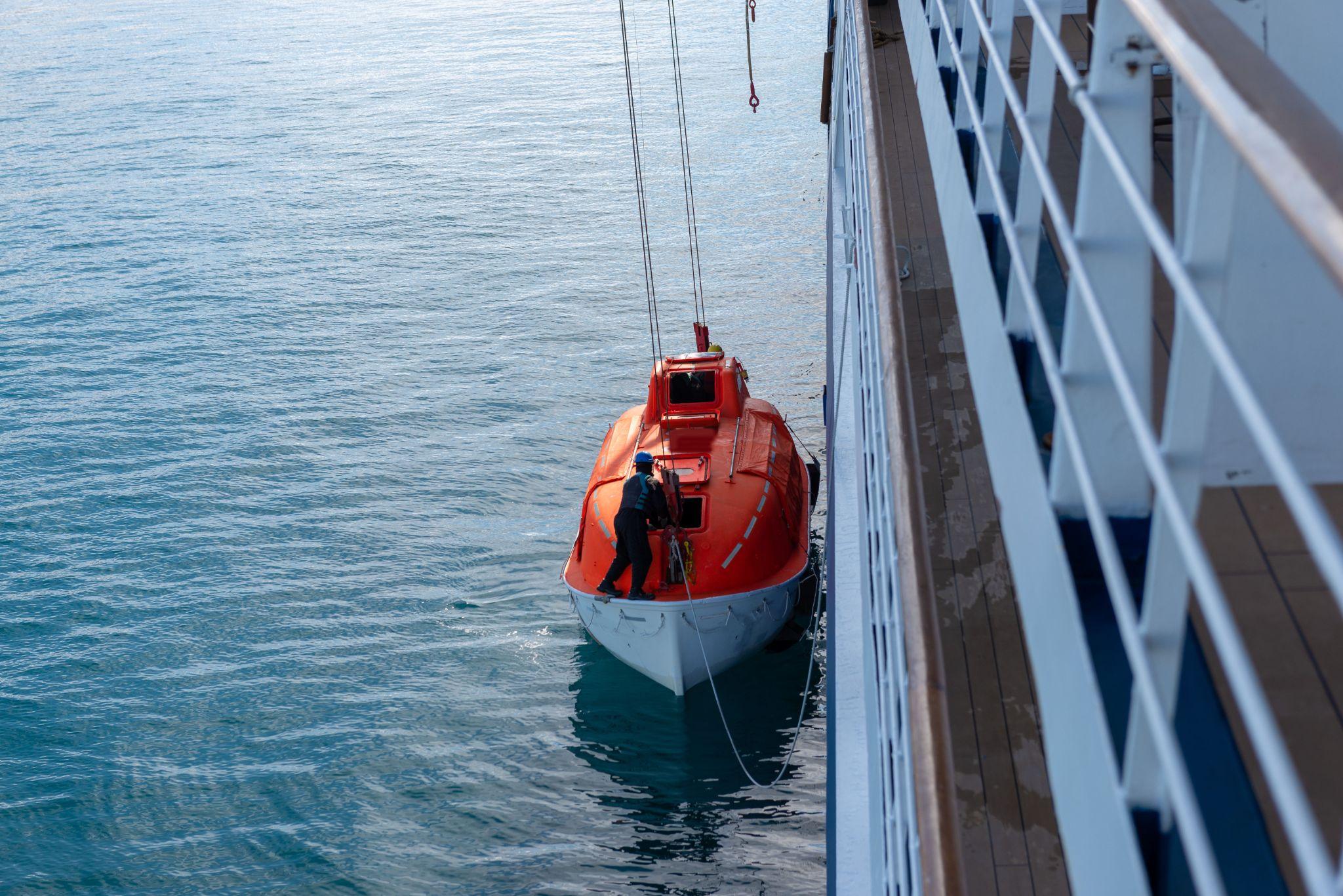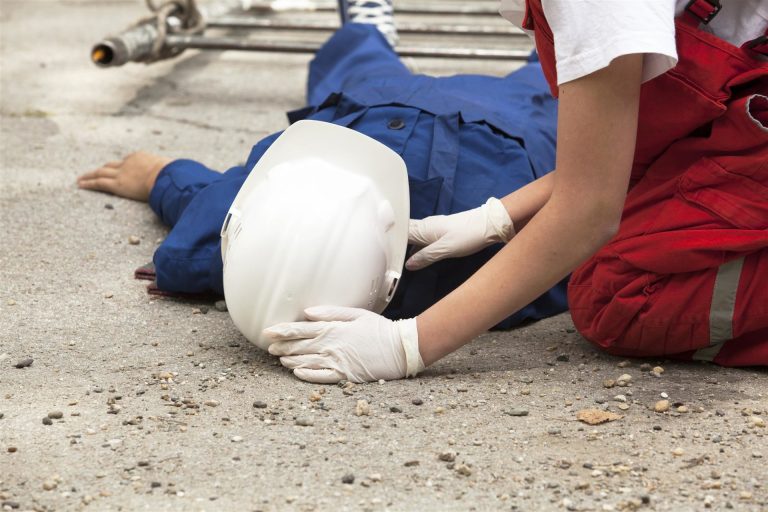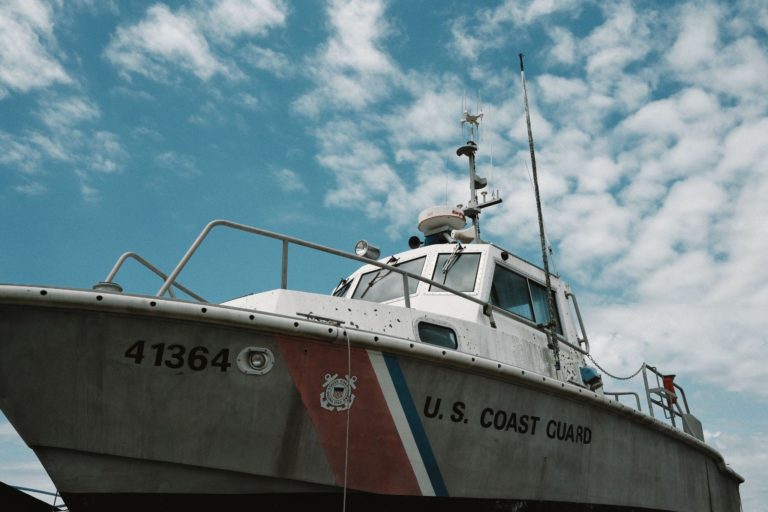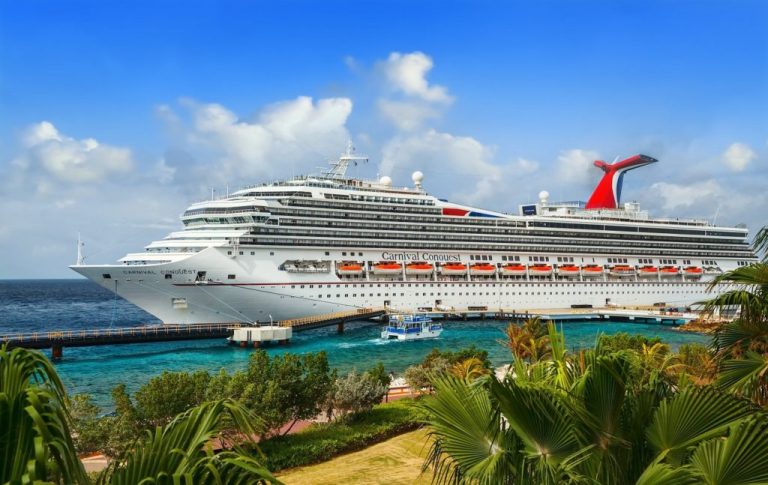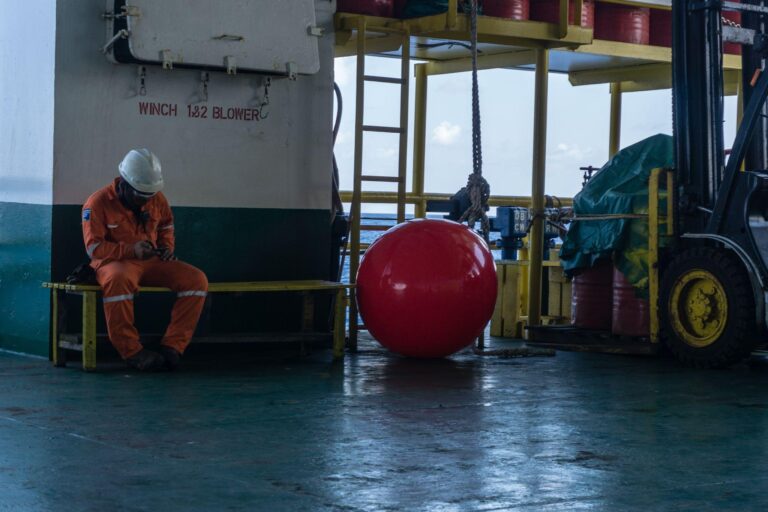All large ships are required to carry lifeboats, to safely hold passengers and crew in the event the ship is damaged or sinking. Deploying lifeboats in an emergency situation is extremely challenging, and ships must prepare for this possibility by holding lifeboat drills to practice the process. Many crew members suffer injuries each year performing these necessary drills, sometimes caused, at least in part, by the negligence of the shipowner.
What Are Lifeboats?
A lifeboat is a smaller vessel that is designed to carry passengers and crew in the event of a disabled, capsized, or sinking ship at sea. A lifeboat has a designated capacity by weight and, typically, must be lowered from the side of the vessel into the water by means of equipment and coordinated crew efforts. Large ships must carry enough lifeboats to safely evacuate all passengers and crew members.
What Is a Lifeboat Drill?
Lifeboat drills are also known as abandon-ship drills and are intended to prepare crew members and passengers for a potential evacuation at sea. International conventions require a lifeboat drill to be carried out no more than 24 hours before a vessel leaves port. Crew members are required by international regulations to attend one lifeboat drill and one fire drill each month.
Although the intention of requiring lifeboat drills is to ensure the safety of passengers and crew in an emergency situation, the drills themselves are dangerous procedures that result in many injuries and deaths each year.1 If their injuries are the result of poorly maintained equipment, improper training, or other negligence on the part of the shipowner, the injured persons may have a legal claim to compensation under maritime law.
Lifeboat Drill Procedures
A typical lifeboat safety drill will include:
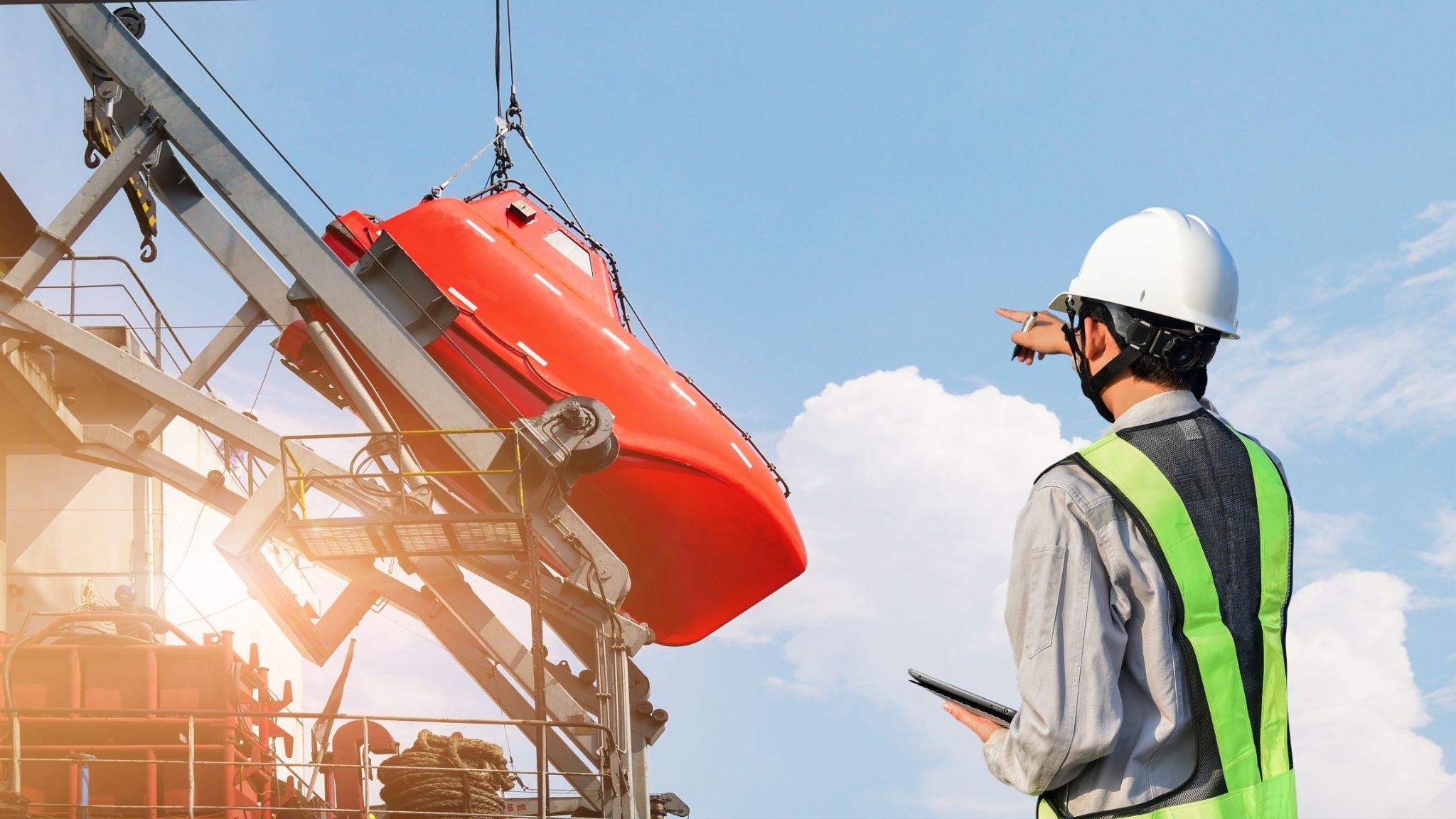
- Putting on life vests and loading into the lifeboats
- Lowering the filled lifeboats into the water
- Releasing the lifeboat from the wires or lines that hold it
- Moving the lifeboat a safe distance from the vessel
- Returning to the side of the vessel and reconnecting the lines or wires
- Lifting the lifeboat and disembarking the passengers
- Stowing the lifeboat aboard the vessel
Common Injury Risks During Lifeboat Drills
Lifeboat drills are known to be dangerous, especially when the entire abandon-ship drill is practiced. Maritime workers might find themselves facing these risks more often than once per month, when additional drills are required after repairs or modifications are made or when new crew join the vessel.

Injuries can happen because of these risk factors:
- Failure of release mechanisms. Hooks and releases that have design flaws or fail under load can cause severe injuries when a lifeboat falls This can also happen when the release mechanisms are accidentally triggered. These falls from the height of the ship’s deck cause serious injuries and deaths.
- Insufficient maintenance or inspection. Part of ship maintenance is regular inspection of the lifeboats, hooks, wires, and tie-downs. When lifeboats, mechanical parts, or launching equipment are not inspected—or repairs are not made when they fail inspection—they can fail during a drill and cause serious injuries or death.
- Lack of proper training for crew members. Without proper training, crew members might be unfamiliar with the types of lifeboats and equipment they will need to operate for a successful lifeboat drill. Performing the steps in the wrong order or failing to release a lifeboat properly can result in a serious accident. Crew members who are not adequately trained are a liability during a lifeboat drill.
- Infrequent or incomplete lifeboat drills. While the drills themselves present risks, failing to perform regular lifeboat drills can increase the chance of accidents. Rushing or performing incomplete drills to cut corners on time may have devastating results as crew members fail to practice the necessary skills on a regular basis. Shipowners who allow crew to skip drills might be held liable for the resulting injuries.
- Communication issues on board. Large ships with multinational crews are often called upon to perform lifeboat drills before they have had the opportunity to work together at sea. Language barriers can cause accidents, as can misunderstandings due to lack of communication equipment for crews that need to synchronize their efforts to complete a lifeboat drill.
- Outdated capacity ratings. Lifeboats are rated for a specific number of passengers based upon average weights. Older lifeboats used an average passenger weight of approximately 165 pounds, but average body weights for both men and women are now well above that mark. Overloading lifeboats beyond their weight capacity could result in failure of release wires, hoisting equipment, and the boats themselves.
What to Do if You Are Injured in a Lifeboat Drill
If you are seriously injured during a lifeboat drill, you should seek emergency medical care immediately. Be sure to retain all records and receipts, including the names of witnesses. As a crew member, you should file a maritime accident report with the ship’s medical officer, even if your injuries seem mild at first. Avoid signing away your right to sue for compensation or admitting fault for the accident.
Once you have received medical care and reported your accident, you should consider speaking with an experienced maritime injury attorney. There are many protections for crew members and passengers under maritime law. If the shipowner was negligent and this contributed to your injuries, you may be eligible for additional compensation.
There is no substitute for sound legal advice when you have been seriously injured in a maritime accident. Reach out to our Maintenance and Cure team for a free consultation to make sure that you have an advocate for your rights as you navigate the legal complexities. When you have an unexpected accident at sea, let our maritime attorneys be your safe harbor for a full recovery.
Source:

